Art collecting can be an overwhelming pursuit and, like any creative field, it has its own language that can seem daunting to a novice buyer. There are many terms to learn and it can be confusing to understand the differences between the various types of artworks out there. Is it an original or a multiple? A painting or a print? Does it need to be framed under glass? No need to fret, as we have created a succinct glossary of different artistic mediums to make approaching artwork less intimidating.
Painting

A painting is what most typically picture when it comes to artwork. Think old school paint on canvas. These are one-of-a-kind pieces, most commonly comprised of oil or acrylic paint applied to a surface. The appeal of paintings is that they are unique and most possess brushstrokes or texture visible to the naked eye. Paintings only require a frame around the perimeter of the artwork and it is actually becoming increasingly popular to omit frames entirely when it comes to canvases.
Works on Paper

Similar to paintings, works on paper are original, as in, only one copy is produced. Instead of using a more durable surface like a canvas, however, works on paper, as its name aptly implies, are executed on paper. Most commonly, artists will use pencil, charcoal, watercolour, crayon or chalk. Due to paper’s fragile nature, it is essential that works on paper are framed under glass for adequate protection.
Prints


Not to be confused with posters, prints are artworks made in multiple iterations through a transfer process from one surface to another. There are various printing methods, the most common being screenprints, lithographs, etchings and woodcuts. While printmaking does involve the reproduction of an image, the final product is achieved through a close collaboration between artists and highly skilled technicians that often requires very rigorous work. Fine art prints do not have an unlimited production run and, instead, are capped at a certain number, which is known as an edition. Most prints require framing under glass.
Photography

Perhaps the most straightforward of the bunch, photographs are artworks achieved through artists employing a camera to capture an image. Although, with technological developments, many contemporary photographers manipulate their photographs using digital software. Similar to prints, photographs are limited in production quantity and need to be framed under glass as the paper is extremely delicate.
Sculpture
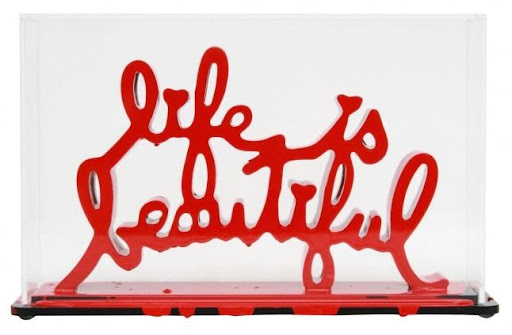
Also self-evident to most, sculptures are three-dimensional structures that are free-standing on the floor or are placed on a pedestal for height. They are most commonly made from metals, clay or glass and can either be unique, or a limited edition can be made from a cast. Less well-known is the concept of a wall sculpture, which is a three-dimensional artwork that protrudes from the wall.
Mixed Media
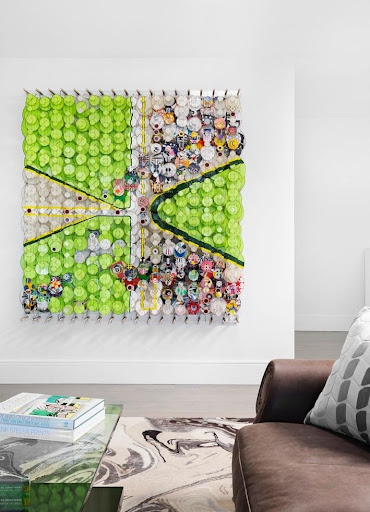
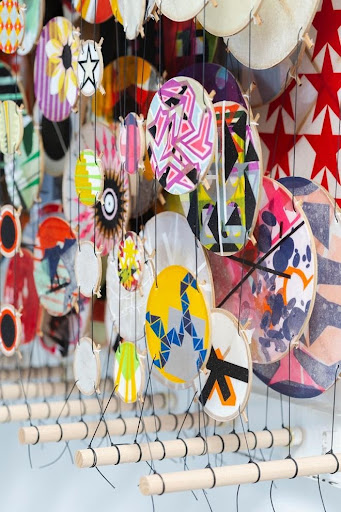
Of all the artistic mediums, mixed media can take the most forms as it is defined as an artwork where more than one material is used. The most popular form of mixed media is collage. As artists continue to push boundaries, however, mixed media has come to encompass an endless array of artworks comprised of unconventional materials. For example, artworks exist that are made using pins, index cards, straws, garbage and other found objects.
We hope this breakdown of different artistic mediums proves helpful in your future artistic endeavours, whether that involves looking to purchase your first artwork or simply visiting a museum exhibition. If you have any further questions or are interested in any of the artworks presented, please contact us at RRFA!
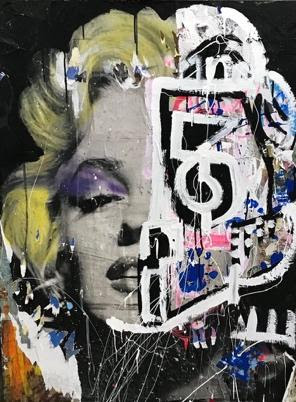
Article contributed by Robin Rosenberg Fine Art
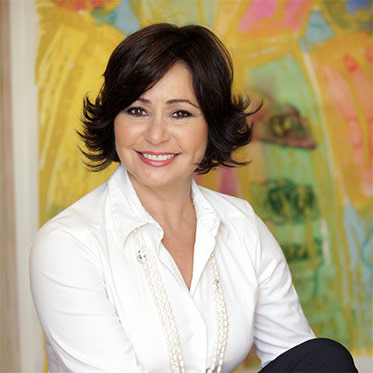
More about Robin Rosenberg Fine Art – Robin Rosenberg Fine Art (RRFA) is an international, full-service fine-art firm that specializes in 20th & 21st Century Modern and Contemporary Art by world-renowned artists.
Get In Touch!
Instagram @robinrosenbergfineart
Facebook and LinkedIn are Robin Rosenberg Fine Art Inc.
https://robinrosenbergfineart.com/
Feature image HIGHSNOBIETY / CHRIS TANG

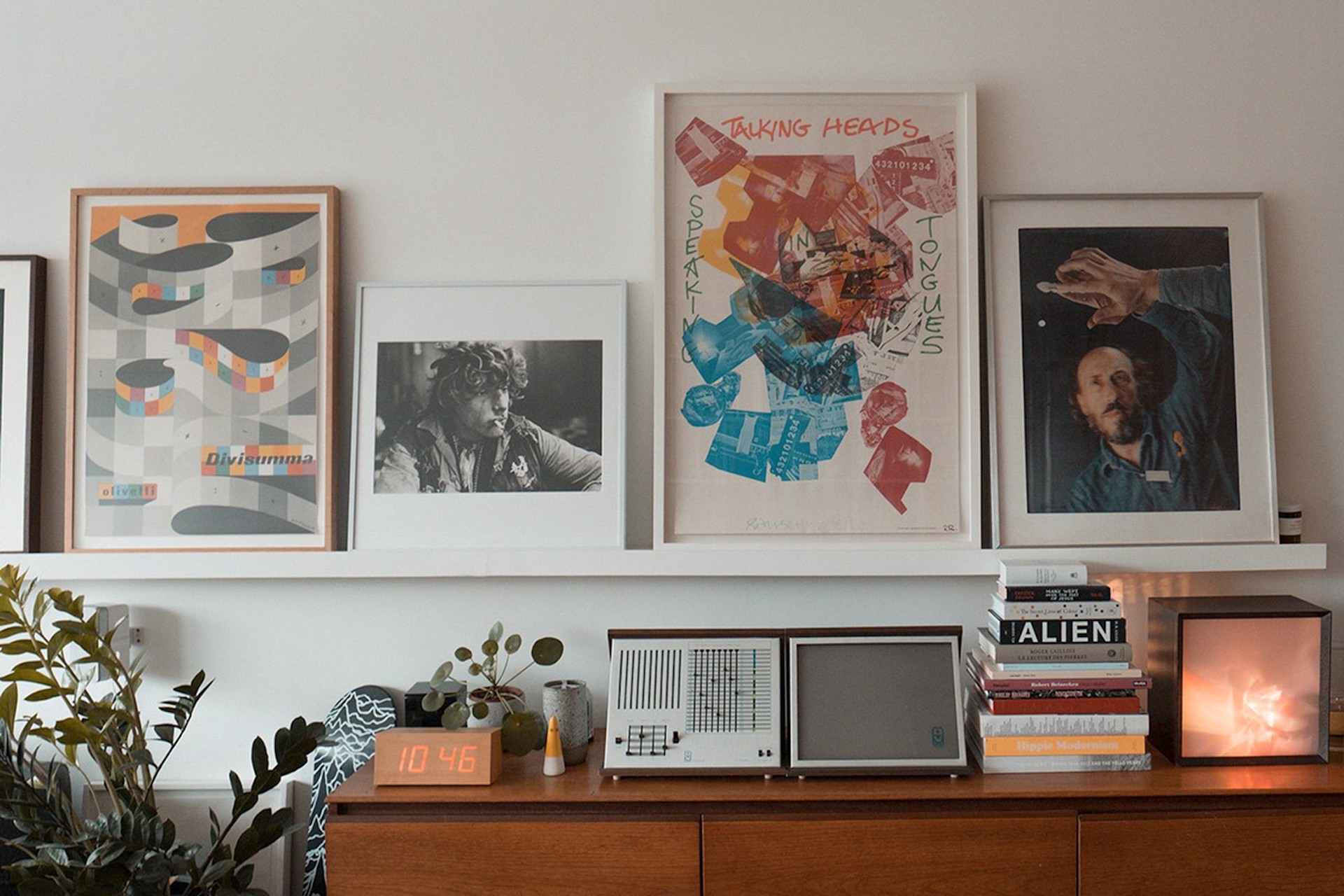
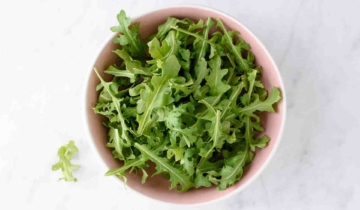


 No products in the cart.
No products in the cart.
What a terrific & informative cross–section of your business. So many choices.
Thanks, Rob. Love, Dad.